Top 10 locations to explore Lithuanian roots
Over a million people worldwide (outside Lithuania) are ethnic Lithuanians. If you are one of them and you seek more bonds with your heritage, here are 10 best places you can visit in Lithuania to learn more.
1.If your forefathers left or were expelled in 1940s-1950s, visit the Museum of Genocide victims (Vilnius New Town) to learn more why the second wave of Lithuanian emigrants escaped Lithuania as the Soviet army was returning in 1944 and how hundreds of thousands of those remaining were expelled eastwards in the Soviet Genocide (or killed outright).
2.If your forefathers left in 1860s-1920s, feel the atmosphere of pre-industrial Lithuanian village in Rumšiškės Folk Museum. Well into the 20th century the majority of Lithuanians lived in villages and farmsteads similar to ones transported into Rumšiškės. This was a result of a deliberate Russian Imperial policy to leave Lithuania non-industrial. If your Lithuanian forefathers emigrated before the 1920s, it is highly likely they also lived that way and left the land for industrial job opportunities in America or Western Europe.
3.If your Catholic forefathers left in 1860s-1900s or 1940s-1980s, visit the Hill of Crosses and learn the story behind it. A unique-in-the-world place has hundreds of thousands of crosses erected by common people to signify Catholic Lithuanian faith, which solidified the nation in its struggles for freedom (all of them against non-Catholics). Hill of Crosses originated in the 19th century (when Russian Imperial regime promoted Orthodox religion). It continued to be secretly expanded under the Soviet occupation (1940-1990), however, dangerous that was. Religious persecutions were a popular reason to leave occupied Lithuania. Many emigrants were pious Roman Catholics; they established massive Lithuanian churches and monasteries in places such as the USA.
4.If your forefathers left in 1940s-1980s, see how Soviet propaganda encroached the Lithuanian art in Grūtas park (near Druskininkai). Under the Soviet occupation, there were tight rules on what an artist could create, resulting in many run-of-the-mill realist sculptures and paintings of "Soviet heroes". Non-conforming artists could have been banned from creation, expelled or arrested; some have committed suicide. Still, many have left Lithuania successfully, especially ~1944 (right before Soviets reoccupied the country). In the West they have retained the freedom of expression; much of the best 20th-century Lithuanian works of art and literature have been created abroad, merging the worldwide trends and longing for the lost homeland.
5.If your forefathers have participated in failed 1831, 1863 and 1944 struggles for freedom, feel the hopelessness of standing against a Russian army at a rebuilt makeshift partisan installation at Pašiliai forest near Panevėžys. It is small and far from mind-boggling: but so was the entire Lithuanian guerilla war versus a massive Soviet military. That 1944-1953 anti-Soviet campaign was the 20th century's longest European guerilla war but there were equally futile uprisings against Russian Imperial occupation back in 1831 and 1862-1863. Those who lost their cause were commonly murdered or persecuted. Many captured fighters and their supporters were expelled to even harsher conditions of Siberia - but a few managed to flee westwards, promoting Lithuanian ideas from there.
6.If your ethnic Lithuanian forefathers left in 1860s-1910s, Check the "living museum" weekend event at Pakruojis manor (have someone to translate the performances for you if you don't speak Lithuanian). With 43 buildings the Lithuania's largest manor is impressive to look at. However, while its non-Lithuanian nobility thrived, the Lithuanian peasantry under them suffered, as the depictions of forced labor and some reenactions of corporal punishments show in the living museum. Russian Empire abolished serfdom only in 1861: prior to that Lithuanian peasants were a de facto property of local nobles (mostly Russians and Polish-speakers), who could have even beaten them as slaves. While Lithuanian peasants were allowed to freely move after 1861, they were not given any land, obliging them to continue working for the same landowners (if they would stay in native villages). Many Lithuanians chose to emigrate abroad instead (something they were banned from doing before 1861, that's why Lithuanian emigration began only then).
7.If your Lutheran Lithuanian, German or Jewish forefathers left or were expelled in the 1940s, light a candle at an abandoned Lutheran cemetery of Šilutė to respect the population groups that were nearly entirely wiped out in the genocides of 1940-1953. People belonging to persecuted groups had to flee Lithuania or hide who they are in order to avoid a very likely death. Šilutė cemetery in question belonged to Lutheran Lithuanians and Germans who suffered Soviet Genocide in the era. The Lutheran share in Lithuanian population thus declined from 9% to 0,6%. Likewise, the Jewish share declined from 7% to 0,9% (due to the Holocaust). There were few compatriots left to take care of graves or defend them. Soviets used this as a pretext to destroy the minority cemeteries, making it most likely that the graves of your forefathers no longer survive. Lighting a candle at one of the few surviving (yet still ruined) minority cemeteries is thus symbolic. Note: even after the genocides many of the remaining Jews and Germans left Lithuania for Israel and Germany; this happened because Soviets permitted many of them to emigrate (something that was nearly impossible to the majority after 1945).
8.If your forefathers left or were expelled by Soviets in 1940s-1950s, contemplate by the cattle train monument in Naujoji Vilnia station. Such trains were used to deport hundreds of thousands of Lithuanians to the harshest corners of the Soviet Empire. Many of them perished. The first expulsions took place in June 1941, when 2% of entire Lithuanian population (including children) were kidnapped and moved out in a single week. Soon afterward German armies overran Lithuania, ceasing the Soviet Genocide for that moment. By 1944, however, the frontline was coming back and many Lithuanians knew well enough what to expect should they remain in their homeland. Instead, they have chosen to flee westwards where USA, UK, and France had no genocidal plans for their occupational zones. Many of those who did not flee were indeed expelled deep into the Soviet Union or murdered. Others had their property nationalized and were condemned to a much poorer life than their emigrated compatriots.
9.If your ethnic Lithuanian forefathers left in 1860s-1910s, visit Rokiškis town to see how a pre-modern Lithuanian town looked like. It's pretty - but ethnic Lithuanians would have visited such towns only on Sundays (for a church) and market days. They lived in farmsteads, while towns had their populations, local government and businesses dominated by minorities (Jewish businessmen, Russian officials, Polish-speaking landowners). As Lithuania declared independence in 1918 the class divisions, so rigorously supported by the Russian Empire, fell down for good (e.g. land reform was passed) and it became possible to freely move between "businessman", "craftsman", "peasant", "laborer", "landowner" classes despite ethnicity (towns then became Lithuanian-majority as former peasants flocked in). However, prior to that, changing one's social class was hardly achievable without emigration.
10.Last but not the least, do (or order) a search in the State Archives in Vilnius where much of the old documents, birth and marriage registers ended up to learn more about your forefathers. True Lithuania website provides such services and we may also help you to restore Lithuanian citizenship.
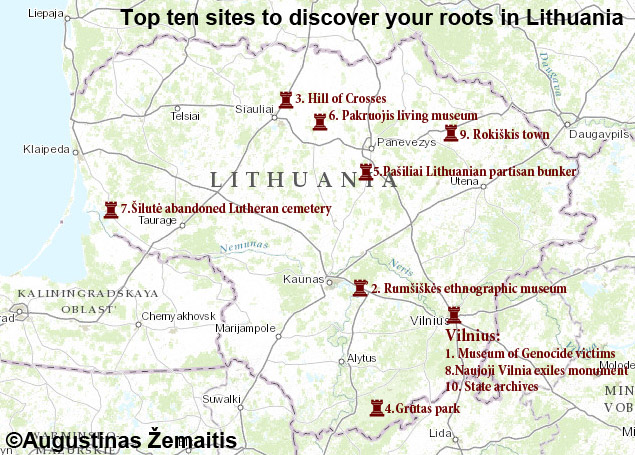
Map of the top 10 locations in Lithuania to trace your roots. ©Augustinas Žemaitis.

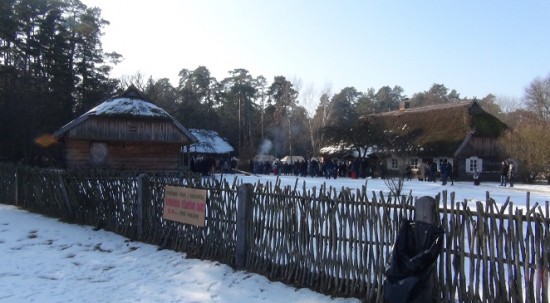
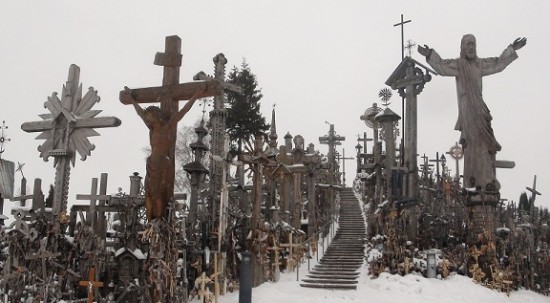
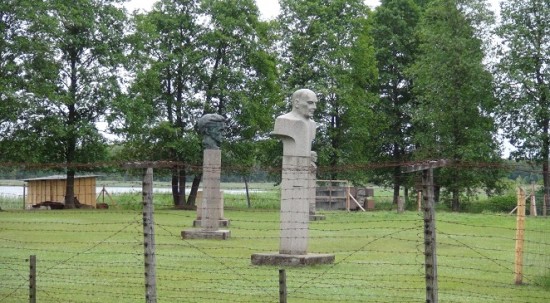



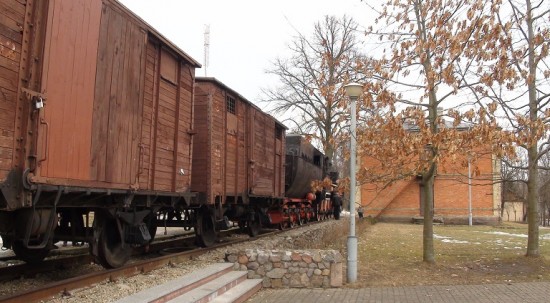
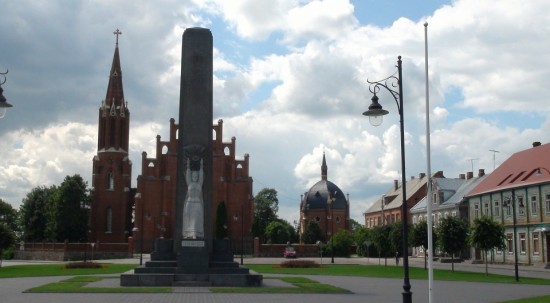



Leave a comment